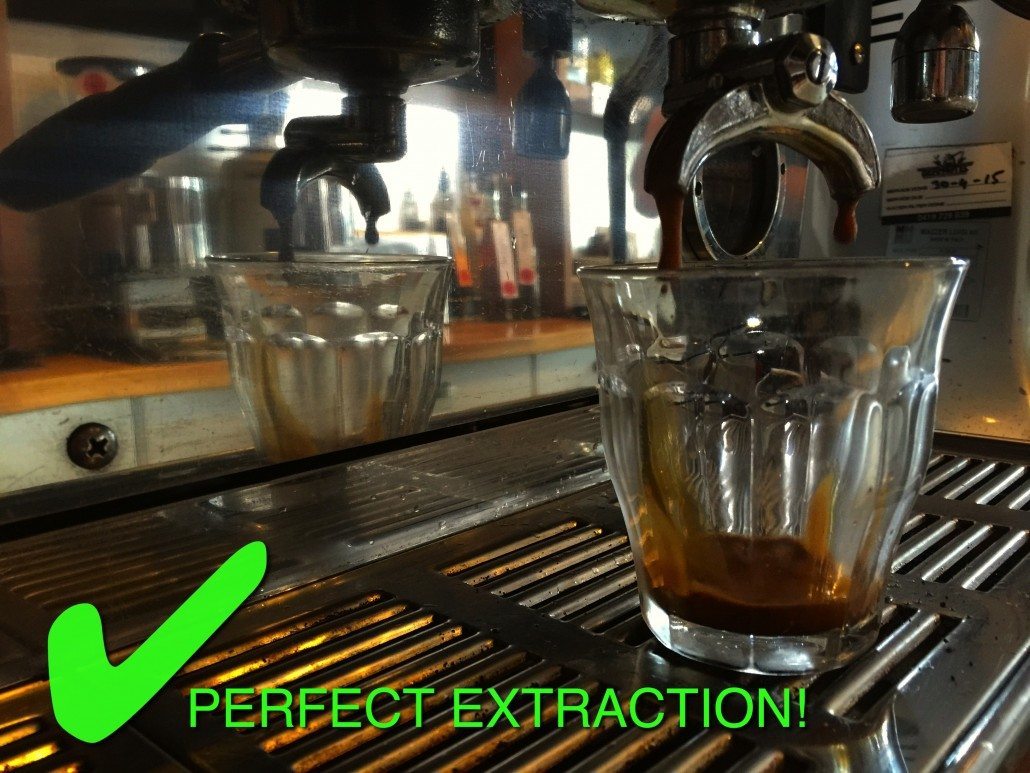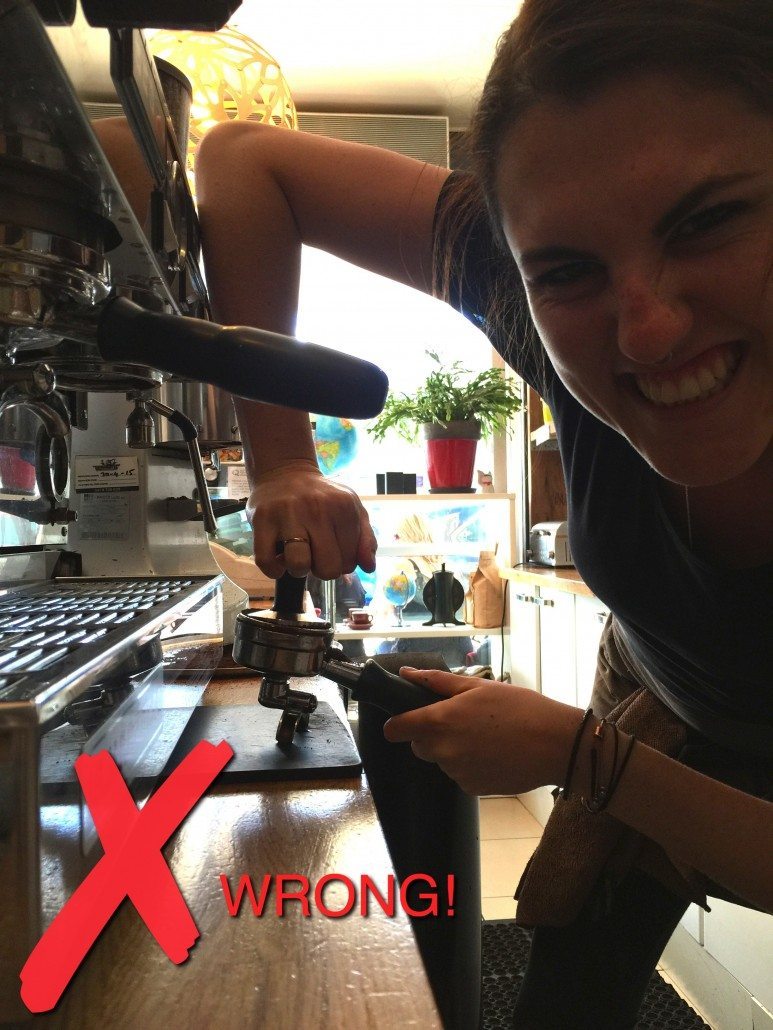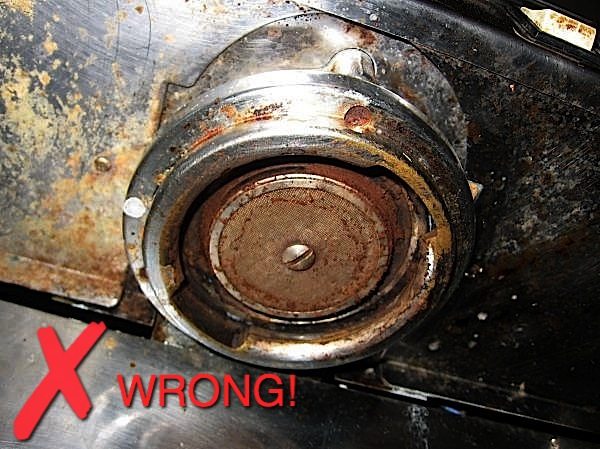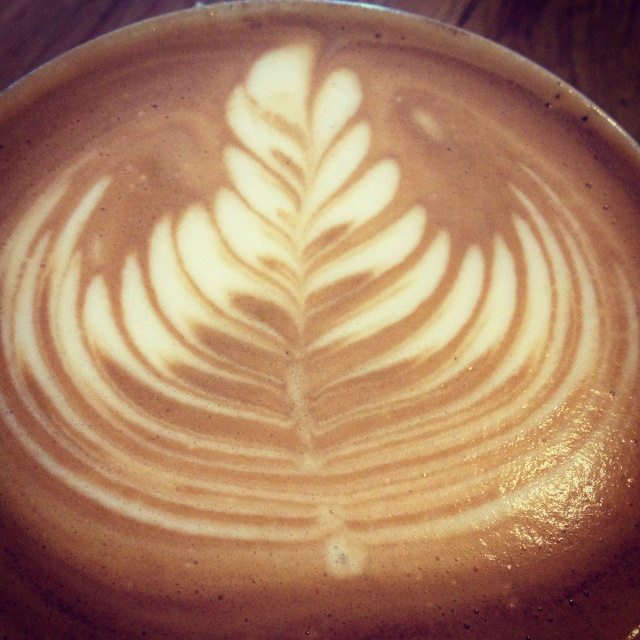Are you an early bird needing your take away caffeine fix just to make sure you can function during a hectic day? Or do you enjoy kicking back, relaxing at your favourite café on the Gold Coast sipping a double ristretto latte, while catching up with friends in the afternoon sun? We sometimes forget that the café and coffee culture we now see as normal is really only a thing of the last five years on the Coast.
New cafés and espresso bars are popping up everywhere and we are now able to enjoy their offerings of complex blends and outstanding single origin beans from exotic places like Guatemala, Ethiopia, Sumatra and Bolivia, with complicated estate names and abbreviations. The beans are roasted to perfection by a master roaster who takes great care to get the best flavour and balance of body and acidity in every batch of beans. The specialty coffee industry has definitely moved into the Gold coast and it shows no signs of going anywhere soon.
Which leaves you with 1 question:
With so many cafés on the Gold Coast, why is it still so hard to find a good coffee that doesn’t taste like it’s burnt?
First we need to get clear on what yucky burnt aftertaste actually is. The official term for that bad tasting coffee is “over-extraction”. Some people might suggest it’s burnt milk, but milk actually smells like…well, burnt milk. You can recognise burnt milk for its sweeter taste and much thinner, less creamy texture.
Anyway, let’s just get technical for a bit. What does extraction even mean?
‘Extraction’, according to the very trustworthy WIKI, is “the percentage of the soluble coffee grounds that are dissolved in the water”. We also have to take into account which solubles are dissolved but, this has more to do with how the temperature changes over the course of the extraction. The ideal extraction yield sits around 18%-22% to get a well-extracted beautiful coffee. An over-extracted coffee tastes burnt because the bitter parts of the coffee have continued to be extracted after the sugars and acids extraction were mostly finished.

I can hear you thinking, “thanks for the science class, but what does this all mean? What is my barista doing wrong?”
Here are the top three mistakes baristas make when it comes to burnt coffee:
1. First, a little more technical gibberish for you. A commercial espresso machine works by forcing steam/almost boiling water, through packed coffee grounds in the basket of a portafilter or group handle. When the water is not going through the coffee fast enough, the coffee gets over-brewed (over-extracted). It can only mean three things: the barista is packing too much coffee into the basket, the coffee is ground too fine or the barrister is tamping it too hard, restricting the water flow through the grounds. In an ideal world, every shot should be timed to make sure the extraction is spot on;

2. The group head where the portafilter locks into the machine is extremely hot. When the portafilter gets left in there too long before brewing, it will burn the coffee sitting in the basket, which results in bad tasting coffee; and
3. Last but not least, the biggest culprit and the one that is so very easy to avoid, a dirty and badly maintained espresso machine. Even the best barista has no hope of making anything half decent and consistent when the equipment they are working with is not serviced regulary.

Now that you know (and hopefully understand a little) of the science behind the extraction of great and not so great coffee, you can imagine the reasons why some baristas have an almost cult-like following. These baristas can extract the perfect coffee over and over again and create the perfect espresso, or the base for your favourite coffee to be enjoyed on the run or while relaxing and enjoying that great Gold Coast weather.
Written by Eve Henley.

Disclaimer: This article was first published in QCMagazine in 2014


